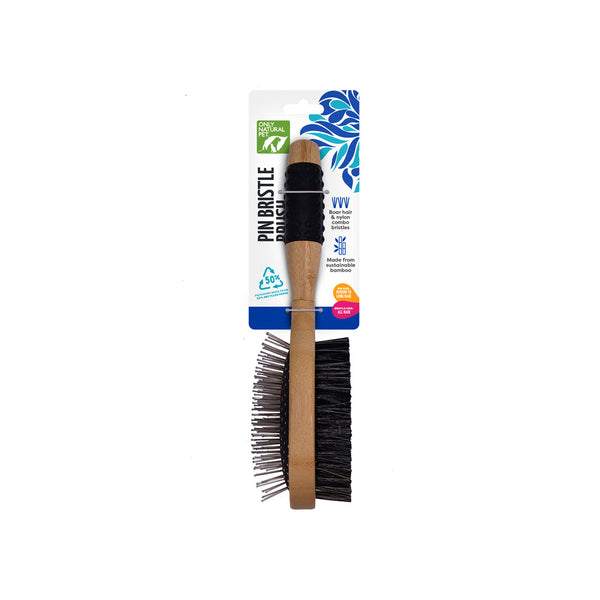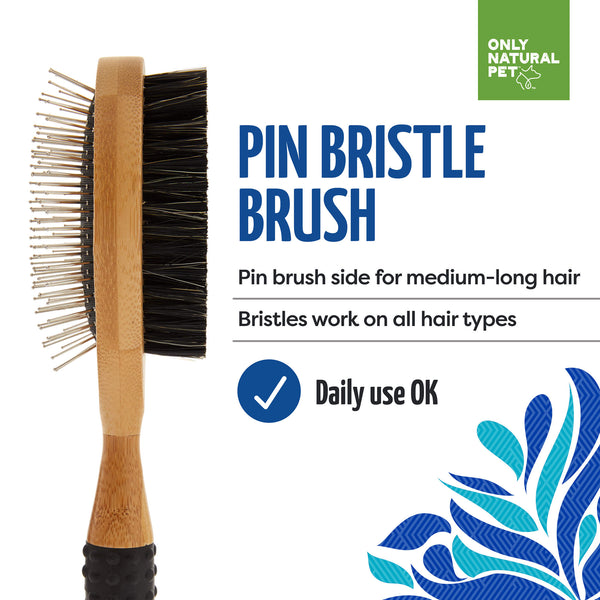Top 10 Summer Safety Tips for Pets
Written by: Dr. Jean Hofve, Holistic Veterinarian, DVM
Most of us are out and about much more in the summer, and that includes many of our pets! But summer comes with its own set of potential problems. Common sense and preventive measures can prevent illness and injuries for our pets. Here are our top 10 summer pet safety tips for a safe and happy season:
1. Prevent Fleas, Ticks & Parasites
Fleas, ticks, mosquitoes, and other parasites are a year-round problem where warm weather is the norm, but in summer they’re practically everywhere. Not only are these pests a nuisance to your dog or cat, they can carry tapeworms, heartworms, and diseases such as Lyme, Bartonella (often called cat-scratch disease, although dogs actually carry more species of this nasty bacteria than cats), West Nile Virus, leptospirosis, and even bubonic plague.
Keeping your pet parasite-free requires a broad approach and vigilance on your part, with a little help from effective preventives. Talk to your vet about what's needed for your area.
2. Keep Your Pets Cool
Pets can succumb to heatstroke, so be sure that whenever your pet is outdoors, he always has shelter from the sun, and plenty of fresh water. Add ice cubes or blocks to the water to keep it cool longer. If it’s extremely hot and humid in your area, consider a cooling vest for your dog. Don’t jog or bike with your dog in hot mid-day temperatures. Instead, stick to morning and evening. This is especially important for short-nosed (brachycephalic) dogs (Pekes, Pugs, Bulldogs, etc.) or those with double-thick coats or long hair (huskies, shepherds, collies, some terriers, and retrievers).
3. Know When to Keep Them Home
You’ve heard it before, but we’ll say it again: never leave your dog in a car if the weather is warm, and certainly not if it’s hot! Cracking the windows makes no difference in the temperature gain. It doesn’t take high temperatures for it to be dangerous. A car parked in the shade can reach dangerous temperatures on a hot day, and if it’s in the sun, the temperature can rapidly rise up to 160°F.
Experiments showed that a car parked in the sun on a 95°F, reached up to a blistering 157° – plenty hot to kill a dog. One dog died after being locked in a parked car on a sunny, 67°F day, even though the car windows were cracked. If you’re out running errands, the safest place for your dog is at home. Dogs can’t sweat, instead they control their body temperature by panting. If the air in the car is near or above the dog’s body temperature (about 100°F), the dog will be unable to cool itself, and its body temperature can quickly rise to fatal levels (over 107°F). Heatstroke symptoms in dogs include: heavy panting, salivation, disorientation, agitation, rapid heartbeat, lethargy, vomiting, seizures, coma, and death.
If you see a dog left alone in a car under dangerous conditions, note the car's location, color, model, make, and license plate number, and contact local humane authorities or police, who usually have authority to break in to save the animal. If you can make a good guess as to which store the driver might be in, ask the store manager to page them. If the animal shows symptoms of heatstroke, immediately take these steps to lower its body temperature in a controlled manner:
- Move the animal into the shade or an air-conditioned area
- Apply ice packs or cold towels to the head, neck, and chest; or immerse her in cool (but not cold) water
- Allow small amounts of cool water or let the dog lick some ice cubes
- Get to a veterinarian as soon as possible
4. Pets Get Sunburn, Too
Sunscreen may be needed for pets with white fur around their face and ears – even indoors, if they’re sunbathing through windows. Susceptible areas are where the fur is thin and the skin is white or pink. Not all sunscreens are safe for pets! Make sure you avoid zinc oxide and chemicals called salicylates. It's especially important to have a pet safe sunscreen if you're applying it to your pet's nose, since they may lick it off.
5. Protect Against Poisons
Summer time can mean a lot of toxic plants for your pet are growing. Toxic mushrooms grow in many areas of the country, so be vigilant about removing them from your yard. Many plants (and all bulbs) are also toxic. Bulbs look a lot like dog toys, so keep them out of reach!
Summer also brings chemical hazards. Antifreeze is particularly deadly, so leaky cars are a hazard. Make sure to clean up any spills immediately. This is the also the time of year when people are using fertilizers, mulches, and pesticides in yards and on lawns. While professionals will usually put flags up, do-it-yourselfers might not. Don’t let your dog wander in other yards where chemicals or cocoa mulch (toxic if ingested) might be used.
If you fear your pet has ingested something poisonous, contact the ASPCA Animal Poison Control Center: (888) 426-4435.
6. Watch Out for Critters
Walking and hiking with your dog in summer increases the chances of encountering unpleasant or even dangerous wildlife, such as skunks (which can carry rabies) and porcupines (which can quill your pet).
Venomous critters like spiders, scorpions, and rattlesnakes are always of concern. Some toads have poisons on their skin that can be deadly even if your pet merely licks at the toad. Toads come out in wet weather and when it’s dark, so be especially careful when letting your dog out at these times.
7. Don’t Let Burrs Get Buried
Summer grasses often produce sticky or spiky seed cases. Foxtails and burrs can get caught in the paws or fur and work their way into, and sometimes even through, the skin. Foxtails have been known to work their way inside the chest or abdomen, where infection can be life-threatening. Check your pet after every outing to ensure its fur isn’t harboring any of these nasty items.
Since your pet will be walking around a lot more in the nice weather, make sure you're checking their paws regularly. Healthy paw care is essential.
8. Drive Safely with Your Pets
As much as your dog may love to ride in the bed of a pickup, or hang his head out the window, either can cause your dog a world of hurt. Dust and gravel in the eyes are just the beginning. Every year thousands of dogs are injured or killed when they jump or fall from vehicles. Even in an enclosed car, pets can be thrown and injured if you have to brake suddenly.
For car rides of any length, the very safest place for pets is in the back seat, either wearing a safety harness, or in a carrier or confined area. Pets loose in the car can distract and interfere with the driver, which could result in an accident. Harnesses designed as “doggie seat belts” provide safety during the trip, and prevent your dog from getting loose if someone unexpectedly opens the door.
Cats should always be kept in a carrier while the car is in motion. Many cats actually prefer it, because the smaller space makes them feel safer. Always make sure the cat is well secured before opening the car door. Some cats can be trained to walk with a harness and leash, but this is not something to try for the first time the day of the trip!
9. Always Carry Identification
Pets should always wear a collar or harness and ID tag, no matter where they are or where they’re going. Cats should be fitted with a breakaway collar for maximum safety. Please consider having your pet microchipped as added insurance. Rumors of cancer from microchips are greatly exaggerated, while the sad truth is that lost pets are often gone forever. Thousands of lost pets have been returned home thanks to microchips!
10. Be Prepared for Anything
Whether at home or away, keep a first aid kit ready in case of emergencies. There are special kits for both dogs and cats, so you never need to panic! You might also want to keep flower essences on hand, to keep your pet calm while you give first aid or head for the vet.
Conclusion
And there you have it! We hope you enjoyed our top 10 summer pet safety tips. Once you’re prepared for summer hazards, you’ll be able to relax, have fun, and enjoy the summer season with your pet!





















